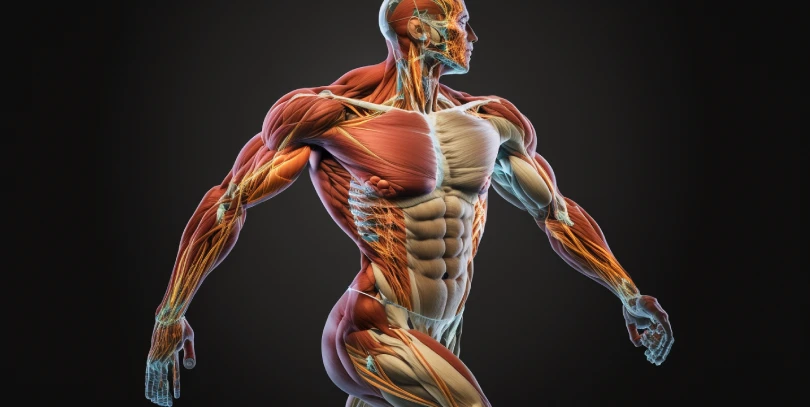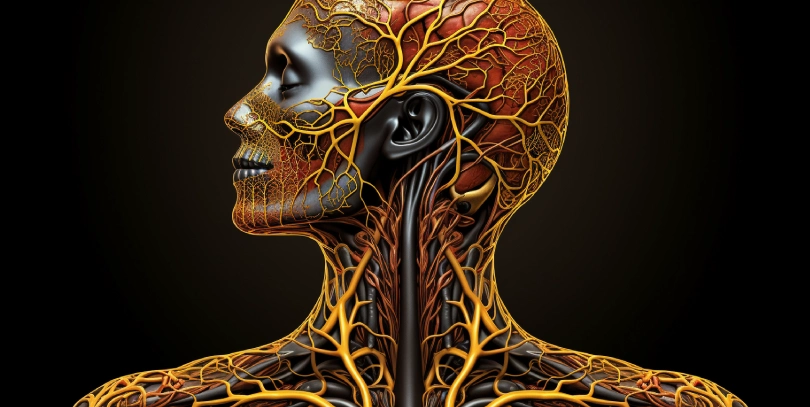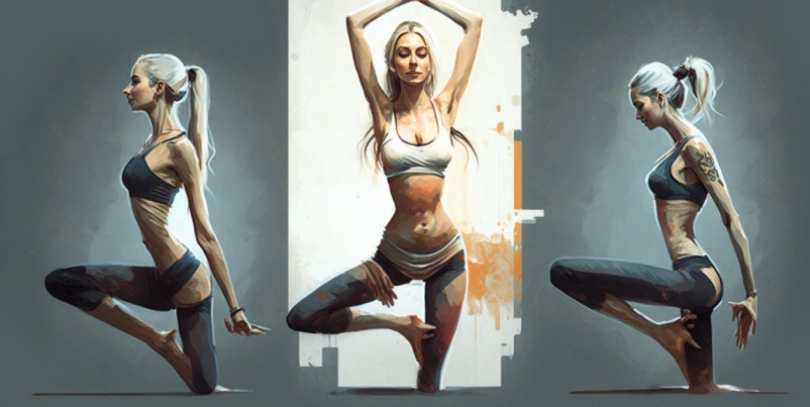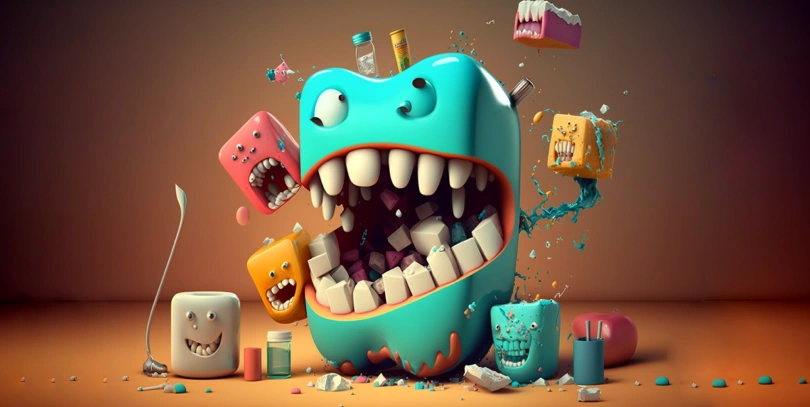The human body is a fascinating and complex system, with over 600 muscles that work together to facilitate movement, maintain posture, and perform a wide range of activities. While many of these muscles are well-known and commonly discussed, there are also smaller, lesser-known muscles that are often overlooked. In this article, we’ll take a closer look at 17 little-known muscles and their functions.
Scalene Muscles
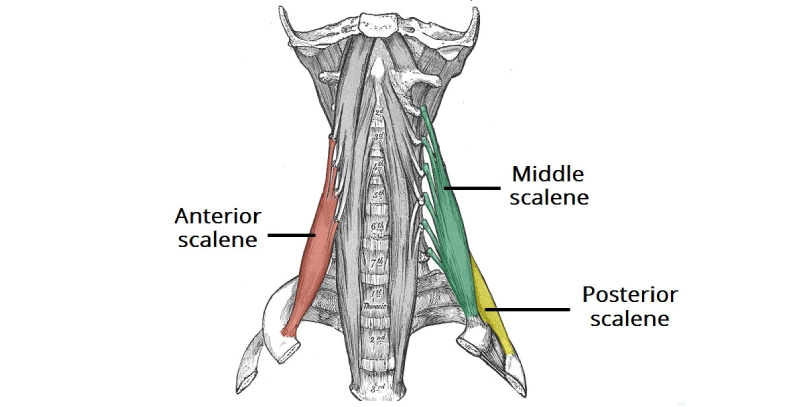
The scalene muscles are a group of three muscles located in the neck and help to facilitate breathing. They play an important role in lifting the upper ribs and expanding the chest cavity during inhalation. Dysfunction or tension in the scalene muscles can lead to difficulty breathing or pain in the neck and shoulders. Stretching and strengthening exercises, as well as proper posture, can help maintain the health and function of the scalene muscles.
Coracobrachialis Muscle

The coracobrachialis muscle is a small muscle located in the upper arm, originating from the coracoid process of the scapula and inserted into the middle of the medial border of the humerus. The coracobrachialis muscle plays a role in the flexion and adduction of the arm at the shoulder joint. It also helps stabilize the humeral head in the glenoid cavity during arm movements.
The coracobrachialis muscle is innervated by the musculocutaneous nerve, which arises from the brachial plexus. Injury to this nerve can result in weakness or paralysis of the coracobrachialis muscle, leading to decreased arm flexion and adduction strength.
Quadratus Lumborum Muscle

The quadratus lumborum muscle is a deep muscle located in the lower back, extending from the 12th rib to the iliac crest of the pelvis. It is often referred to as the “hip-hiker” muscle because it helps elevate the hip when the opposite foot is raised off the ground. The quadratus lumborum muscle plays a role in several movements, including lateral flexion and extension of the spine, as well as stabilization of the pelvis during walking and other movements. It is also involved in breathing, as it assists in the expansion of the ribcage during inhalation.
Injury or strain to the quadratus lumborum muscle can cause pain in the lower back, hips, and groin, as well as limited mobility and weakness in the affected area. Treatment may include rest, stretching exercises, massage, and physical therapy.
Sternocleidomastoid Muscle
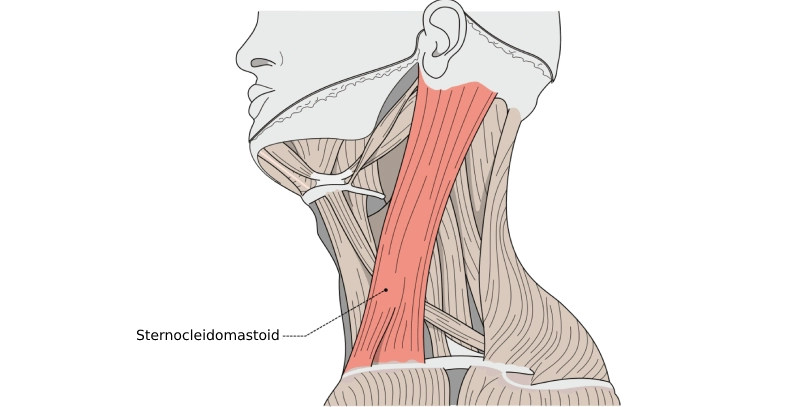
The sternocleidomastoid muscle is a long, narrow muscle located in the neck, connecting the sternum and clavicle to the temporal bone of the skull behind the ear. It is divided into two parts, the sternal head and the clavicular head.
The sternocleidomastoid muscle plays a role in several movements, including flexion and rotation of the head and neck. It also assists in breathing by elevating the sternum and ribcage during inhalation.
Injury or strain to the sternocleidomastoid muscle can cause pain in the neck, shoulders, and head, as well as limited mobility and stiffness. Treatment may include rest, stretching exercises, massage, and physical therapy.
Serratus Anterior Muscle
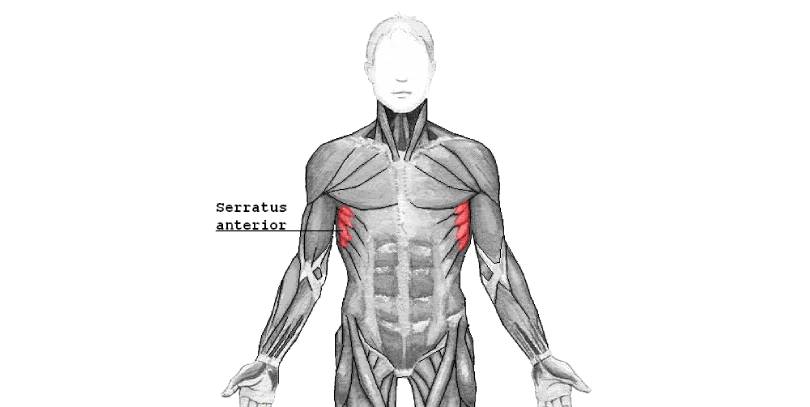
The serratus anterior muscle is a flat, fan-shaped muscle located on the side of the chest, extending from the upper eight or nine ribs to the scapula. It is often referred to as the “boxer’s muscle” because it is commonly used in punching movements.
The serratus anterior muscle plays a role in several movements, including protraction and upward rotation of the scapula, as well as stabilization of the scapula during arm movements. It is also involved in breathing, as it assists in the expansion of the ribcage during inhalation.
Injury or strain to the serratus anterior muscle can cause pain in the chest, shoulder, and upper back, as well as limited mobility and weakness in the affected area. Treatment may include rest, stretching exercises, massage, and physical therapy.
Popliteus Muscle
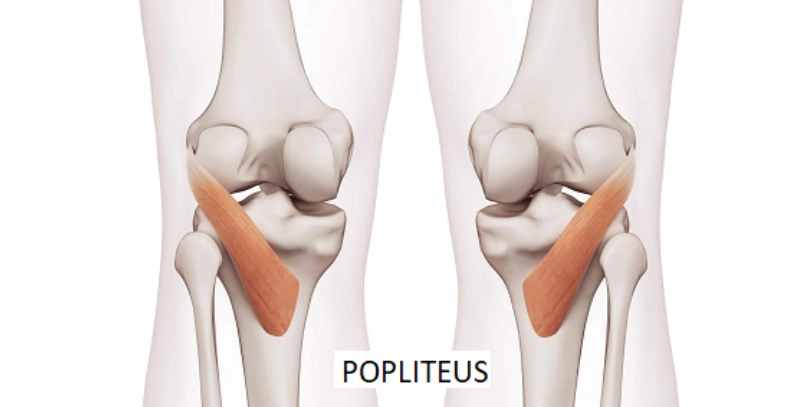
The popliteus muscle is located behind the knee and helps to unlock the knee joint. This muscle plays a key role in activities such as walking, running, and jumping, and can be prone to injury or strain due to its constant use. People who engage in activities that require a lot of knee movement, such as athletes, may be at a higher risk of popliteus muscle injuries.
Piriformis Muscle
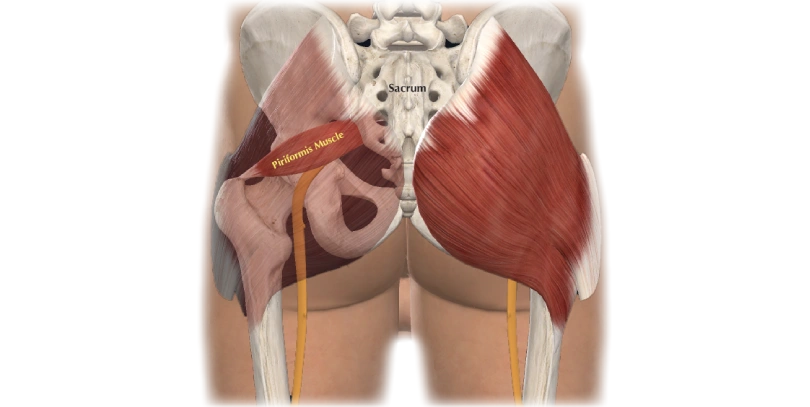
The piriformis muscle is located in the buttocks and plays an important role in hip rotation and helps to stabilize the hip joint. It runs from the sacrum to the femur bone and helps to stabilize the hip joint and facilitate movement. This muscle is often involved in conditions such as piriformis syndrome, which can cause pain and discomfort in the buttocks and lower back.
Latissimus Dorsi Muscle
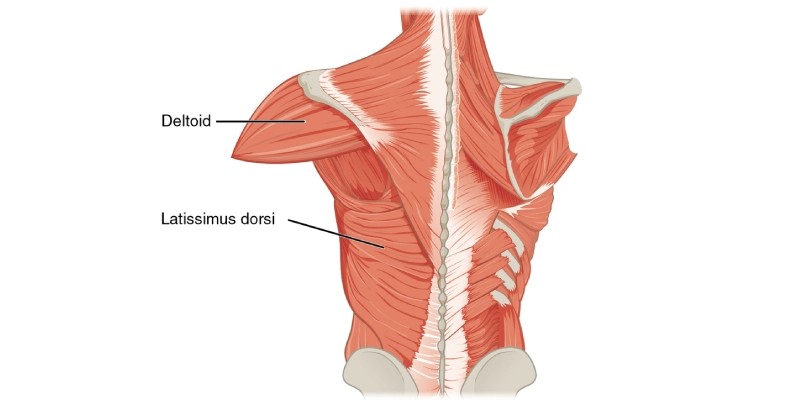
The latissimus dorsi muscle is a large, triangular muscle located in the middle and lower back, extending from the iliac crest of the pelvis to the thoracic vertebrae and the humerus bone of the upper arm. It is commonly referred to as the “lats.”
The latissimus dorsi muscle plays a role in several movements, including extension, adduction, and internal rotation of the arm at the shoulder joint. It also assists in breathing by stabilizing the ribcage during exhalation.
Injury or strain to the latissimus dorsi muscle can cause pain in the back and shoulder, as well as limited mobility and weakness in the affected area. Treatment may include rest, stretching exercises, massage, and physical therapy.
Levator Scapulae Muscle

The levator scapulae muscle is located in the neck and helps to elevate the shoulder blades. It runs from the top of the cervical spine to the scapula, and can become tense or tight due to poor posture or stress. People who spend a lot of time sitting at a desk or using electronic devices may be particularly prone to developing tension in this muscle.
Supraspinatus Muscle
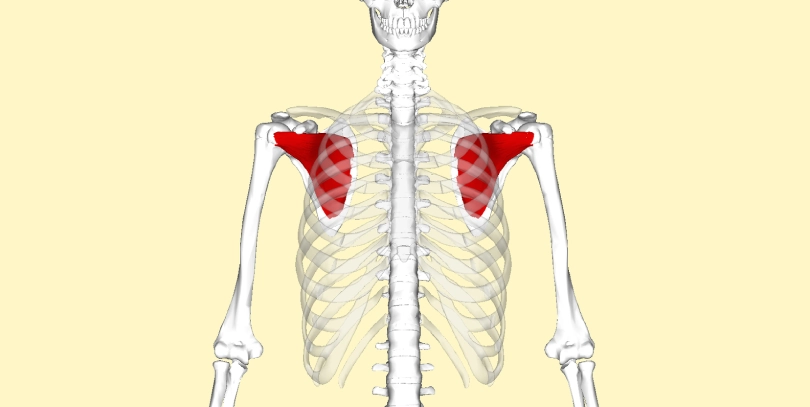
The supraspinatus muscle is a small muscle located in the shoulder, situated above the spine of the scapula. It is one of the four rotator cuff muscles and plays a crucial role in stabilizing and moving the shoulder joint.
The supraspinatus muscle plays a primary role in the initiation of abduction of the arm at the shoulder joint, and also assists in other movements such as flexion, extension, and internal and external rotation. It helps to keep the head of the humerus bone in the proper position in the glenoid fossa, which allows for smooth and pain-free movement of the shoulder joint.
Injury or strain to the supraspinatus muscle can cause pain in the shoulder, difficulty lifting the arm, and weakness in the affected area. Treatment may include rest, ice, anti-inflammatory medication, physical therapy, and, in severe cases, surgery.
Stapedius Muscle
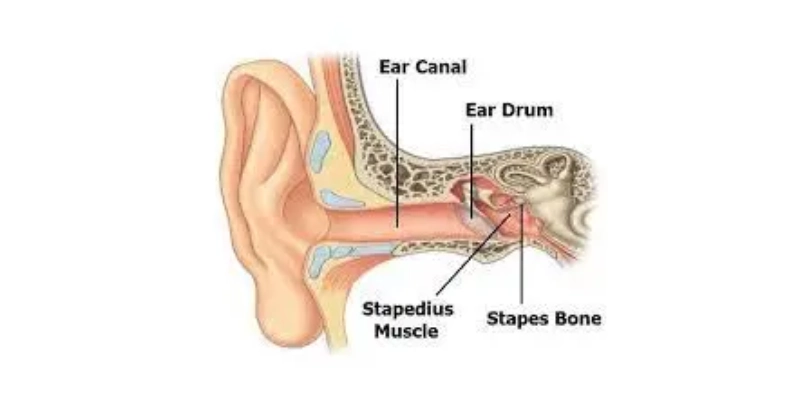
The stapedius muscle is located in the ear and plays a crucial role in protecting the inner ear from loud noises. It helps to dampen sound vibrations by reducing the movement of the stapes bone, which is the smallest bone in the human body. This muscle is essential for hearing protection, and can be affected by conditions such as acoustic trauma or noise-induced hearing loss.
Psoas Major Muscle
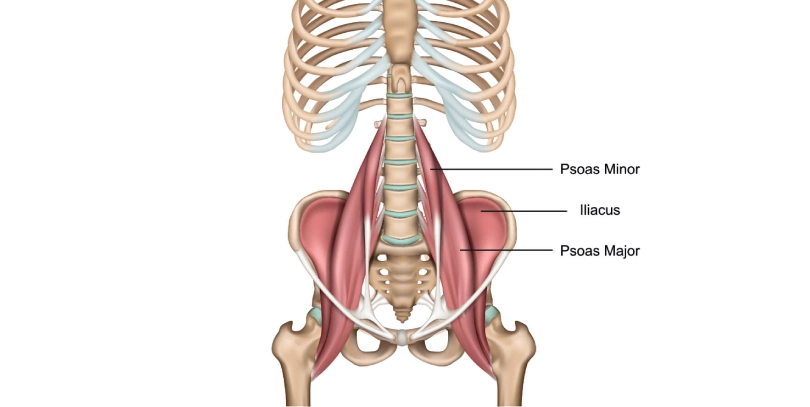
The psoas major muscle is a long, thick muscle that runs from the lumbar vertebrae in the lower back to the femur bone in the hip. It is part of the hip flexor muscles and plays a crucial role in hip movement and stabilization.
The psoas major muscle plays a primary role in flexing the hip, as well as laterally rotating and adducting the thigh. It is involved in many daily activities, such as walking, running, and climbing stairs.
Injury or strain to the psoas major muscle can cause pain in the lower back, hips, and groin, as well as limited mobility and stiffness in the affected area. Treatment may include rest, stretching exercises, massage, and physical therapy.
Tibialis Posterior Muscle
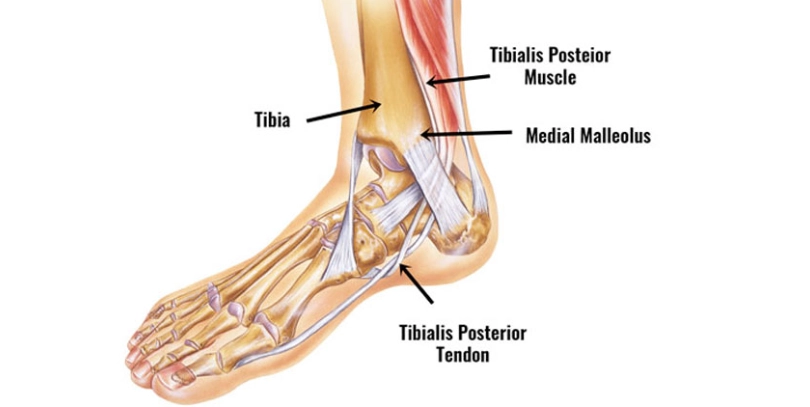
The tibialis posterior muscle is a deep muscle located in the lower leg, running down the shinbone and attaching to the foot bones. It is part of the deep posterior compartment of the leg and plays a critical role in foot and ankle movement and stabilization.
The tibialis posterior muscle plays a primary role in inversion and plantar flexion of the foot, as well as supporting the arch of the foot. It is involved in activities such as walking, running, and jumping.
Injury or strain to the tibialis posterior muscle can cause pain and weakness in the ankle and foot, as well as limited mobility and balance issues. Treatment may include rest, ice, anti-inflammatory medication, physical therapy, and in some cases, surgery.
Flexor Digitorum Profundus Muscle
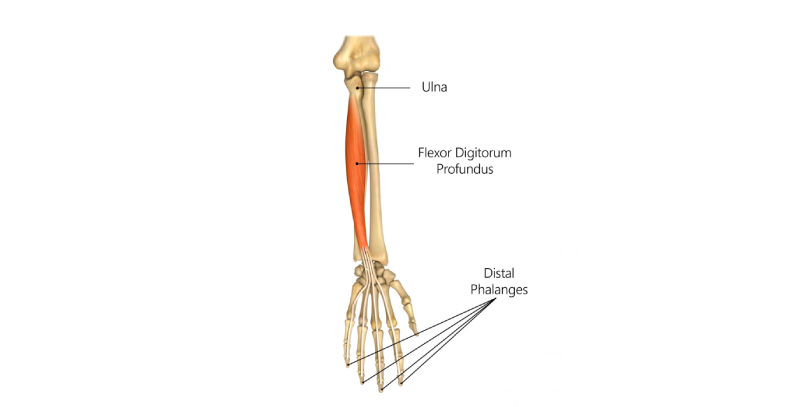
The flexor digitorum profundus muscle is a deep muscle located in the forearm, running from the elbow to the fingers. It is part of the flexor muscle group and plays an essential role in finger movement and grip strength.
The flexor digitorum profundus muscle plays a primary role in flexing the distal joints of the fingers, as well as supporting wrist flexion. It is involved in activities such as gripping, grasping, and manipulating objects.
Injury or strain to the flexor digitorum profundus muscle can cause pain, weakness, and limited mobility in the hand and fingers. Treatment may include rest, ice, anti-inflammatory medication, physical therapy, and in some cases, surgery.
Intercostal Muscles

The intercostal muscles are located between the ribs and help to facilitate breathing. They play an important role in expanding the chest cavity during inhalation and aiding in exhalation. These muscles can become strained or injured due to trauma or overuse, and conditions such as rib fractures or pleurisy can also affect their function.
Adductor Longus Muscle
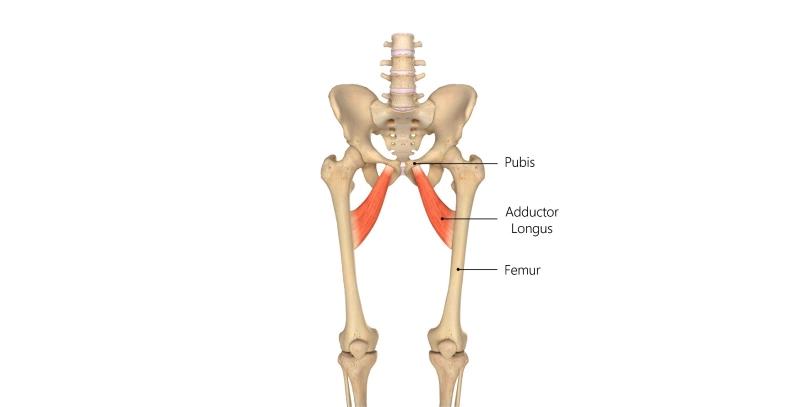
The adductor longus muscle is a long, triangular muscle located in the inner thigh. It is part of the adductor muscle group and plays an important role in leg movement and stability.
The adductor longus muscle plays a primary role in adduction of the thigh, as well as supporting hip flexion and extension. It is involved in activities such as walking, running, and squatting.
Injury or strain to the adductor longus muscle can cause pain, weakness, and limited mobility in the inner thigh and hip area. Treatment may include rest, ice, anti-inflammatory medication, physical therapy, and in some cases, surgery.
Gluteus Medius Muscle
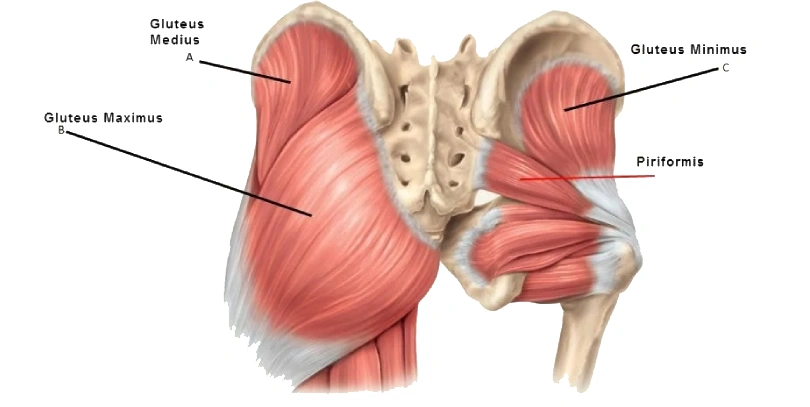
The gluteus medius muscle is a broad, fan-shaped muscle located on the outer surface of the hip. It is one of the three muscles that make up the gluteal muscle group and plays an important role in hip and thigh movement and stability.
The gluteus medius muscle plays a primary role in hip abduction, as well as supporting hip flexion and extension. It is involved in activities such as walking, running, and jumping.
Injury or strain to the gluteus medius muscle can cause pain, weakness, and limited mobility in the hip and thigh area. Treatment may include rest, ice, anti-inflammatory medication, physical therapy, and in some cases, surgery.
Sources:
